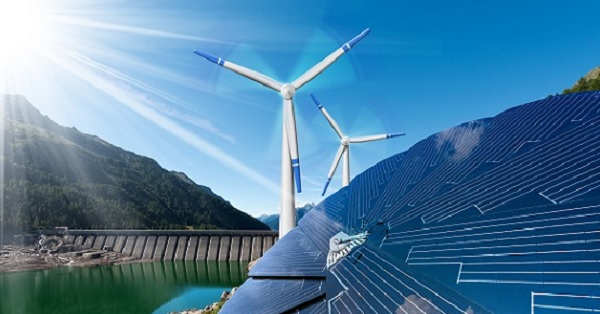Headlines have been announcing India’s plans to shift from diesel to renewable energy for its farming sector. The headlines have taken off from a statement by Power and MNRE minister R.K. Singh during a meeting with officials on Friday. What the headlines do not indicate is how heavily this hope depends on two critical factors. The continued expansion of solar to ever newer roles and regions, and perhaps even more importantly, the role states will need to play from here on. For make no mistake, success on this front will showcase India’s renewable push like nothing else.
Even as the central government has done an impressive job pushing ahead with utility scale solar projects by enabling many measures, the COP26 led target of an extra 300 GW by 2030 will require more than just the large utility park approach. Even as massive parks in Rajasthan, Gujarat and even Ladakh stay the course, the big push will need to come from schemes like PM KUSUM, which have a 30 GW plus target of their own by 2024 or earlier. And as we have seen so far, the success of PM KUSUM is almost completely dependent on state government’s and their approach.
States like Haryana, which have a high achievement rate on off grid solar pumps (component B) for instance, added their own subsidy top-ups to enable faster adoption, in cases taking the farmer contribution to less than 25 percent.
The key component A and C of PMKUSUM, which are grid connected options for ground mounted solar and grid connected solar pumps respectively, have still made limited progress, although tendering activity has been picking up. Ultimately, it is the success of these two components that will decide if our agriculture sector can truly make the shift away from diesel power to renewable power. Importantly, with their ALMM requirements for domestic components, this push is also critical for the smaller manufacturing players on the domestic front, as they gird up for the entry of larger players after the PLI scheme.
Critical agricultural regions, especially the large states of Bihar, Jharkhand West Bengal in East India have to move way faster, besides UP, MP and more. For these states, challenges to a faster adoption go well beyond the usual, be it the pressure on land resources, delivery and supply systems for solar, and even political buy in. All this also comes at a time of unprecedented change in many other ways, as states seek to wean people off subsidies and roll out smart meters for instance, to better track and bill consumers.
For the centre, it will take a dedicated approach for both policy and discoms, the two biggest roadblocks, to make the change happen. As election year approaches, it is going to be increasingly difficult to use the stick, when it comes to its carrot and stick approach so far. How that impacts the ambitious target remains to be seen.
Source: saurenergy.com









